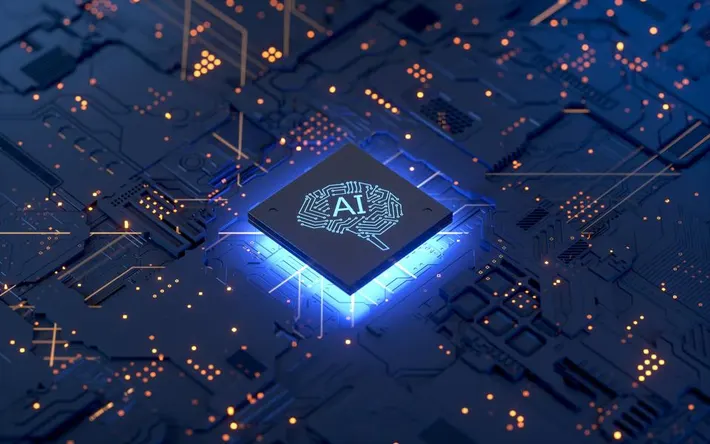
Table of Contents
What is the Model Context Protocol from Anthropic?
The Model Context Protocol (MCP) is like a “USB-C port for AI applications.” It provides a universal interface for developers. With MCP, you can either expose your data using MCP servers or build AI applications (MCP clients) that connect to those servers.
This standardization simplifies integration. It allows AI models to access and use diverse data sources without writing custom integration code each time.
What is an MCP Server?
An MCP server is an application that shares data, tools, or resources with MCP clients. It acts as a bridge between external data and AI applications.
By using an MCP server, developers can make their data available to AI models in a consistent, structured way.
What is an MCP Client?
An MCP client is an AI application that connects to MCP servers. It retrieves context or uses tools provided by those servers.
Since it follows the MCP standard, the client can connect to many different data sources smoothly. As a result, the AI model can produce more accurate and relevant outputs.
How to Develop an MCP Server
To build an MCP server, you’ll need to create an app that can communicate with MCP clients. It must deliver data or tools that provide helpful context.
Anthropic offers several resources and tutorials. For example, one tutorial walks you through making a simple MCP weather server. It starts with the basics and gradually introduces more advanced features.
How to Develop an MCP Client
To develop an MCP client, you can use tutorials provided by Anthropic. These guides often involve building chatbot clients powered by large language models (LLMs).
It’s helpful to first understand MCP servers. This knowledge makes integration easier and more effective.
How Model Context Protocol Servers and Clients Communicate
MCP servers and clients use standardized protocols to communicate. These protocols define how context is delivered to AI models.
This structure ensures AI applications can access external data efficiently. It also enhances the model’s performance and usefulness.
Use Cases for MCP Servers
MCP servers can be used in many ways, especially in business and AI development. Here are some common examples:
- Integrating AI with Business Data: Companies can expose internal data using MCP servers. This allows AI applications to analyze the data and offer valuable insights for decision-making.
- Enhancing AI-Powered Tools: Developers can create tools that deliver context to LLMs. These tools improve the relevance and quality of AI-generated content.
- Standardizing AI Integrations: By using the MCP standard, businesses can connect AI models to different data sources without writing custom code. This also makes future maintenance easier.
How to Use MCP Servers with Claude Desktop
Claude Desktop is an AI tool developed by Anthropic. It can connect directly to MCP servers.
By setting up Claude Desktop to use MCP servers, users can bring in external data. This boosts the accuracy and depth of the AI’s responses.
Difference Between Model Context Protocol Servers and AI Agents
While both MCP servers and AI agents help AI models access external data, they play different roles:
- MCP Servers: These provide context or tools. They make data available to AI apps in a standard format.
- AI Agents: These act as decision-makers. They use the context provided by MCP servers to perform tasks or solve problems.
Conclusion
The Model Context Protocol (MCP) by Anthropic is a major step forward. It makes integrating AI models with external data much simpler.
With a clear structure for MCP servers and clients, developers can build smarter AI apps faster. These apps also become more reliable and easier to maintain.
As AI continues to grow, tools like MCP will be essential. They will help connect AI systems to the vast data they need—quickly, safely, and efficiently.


